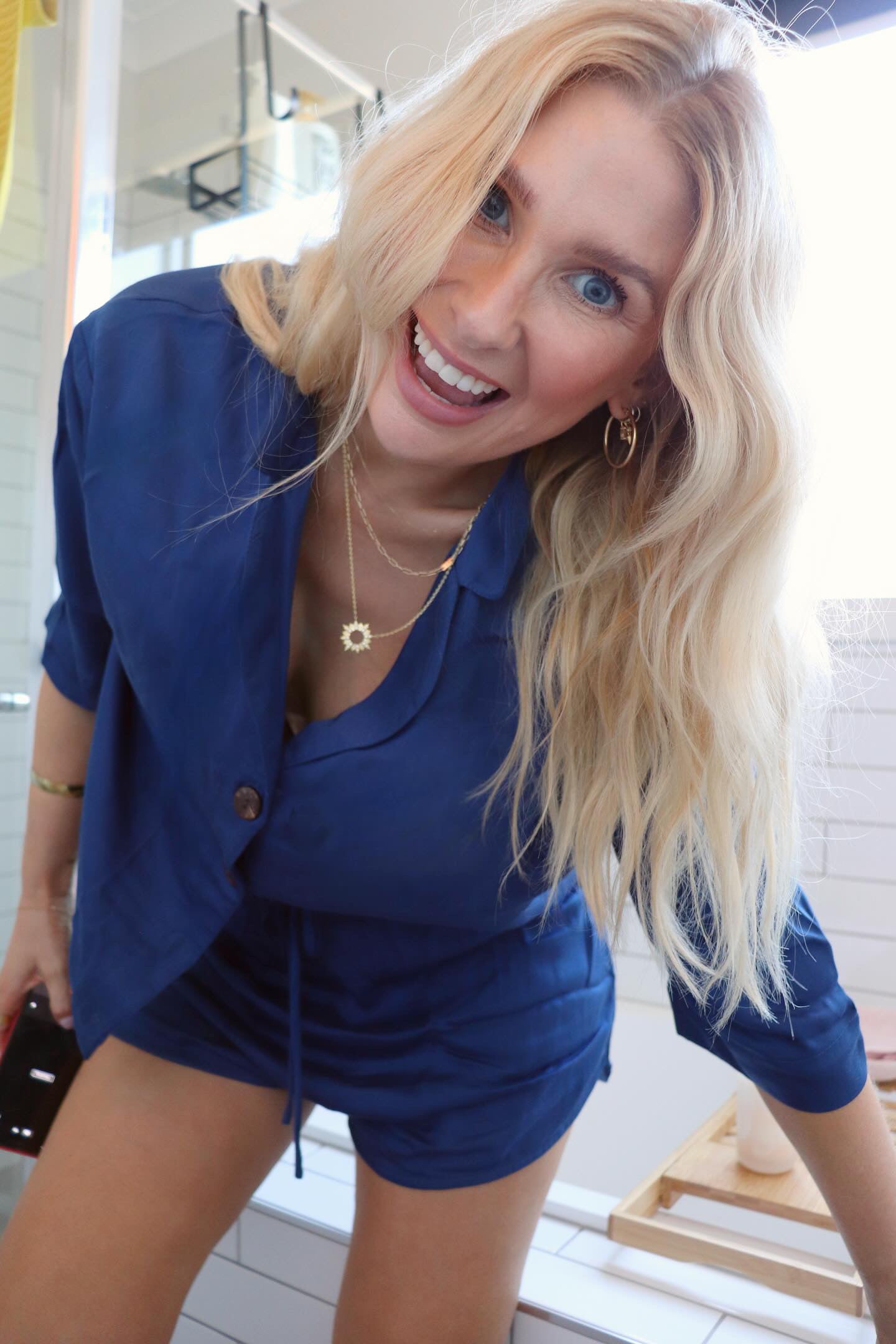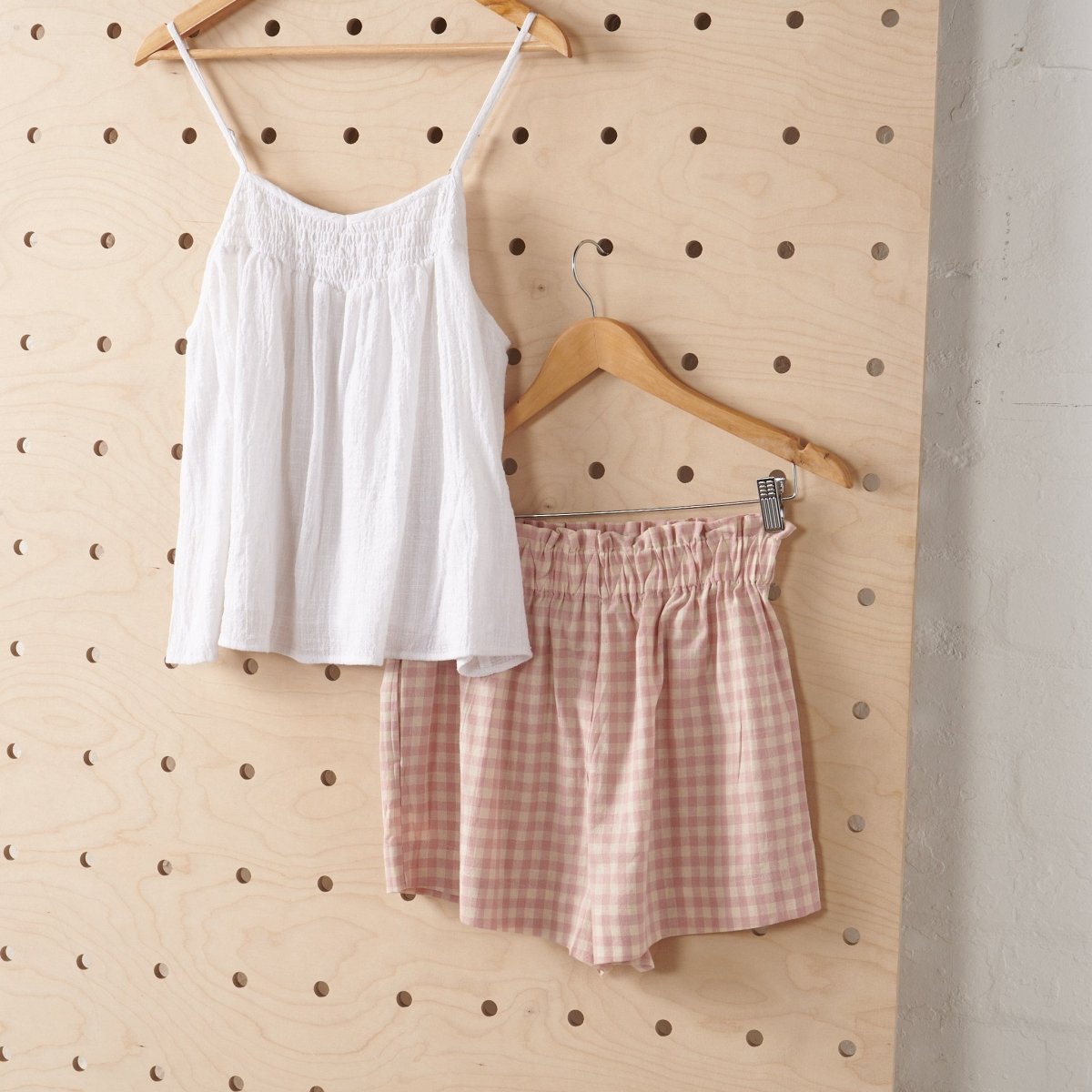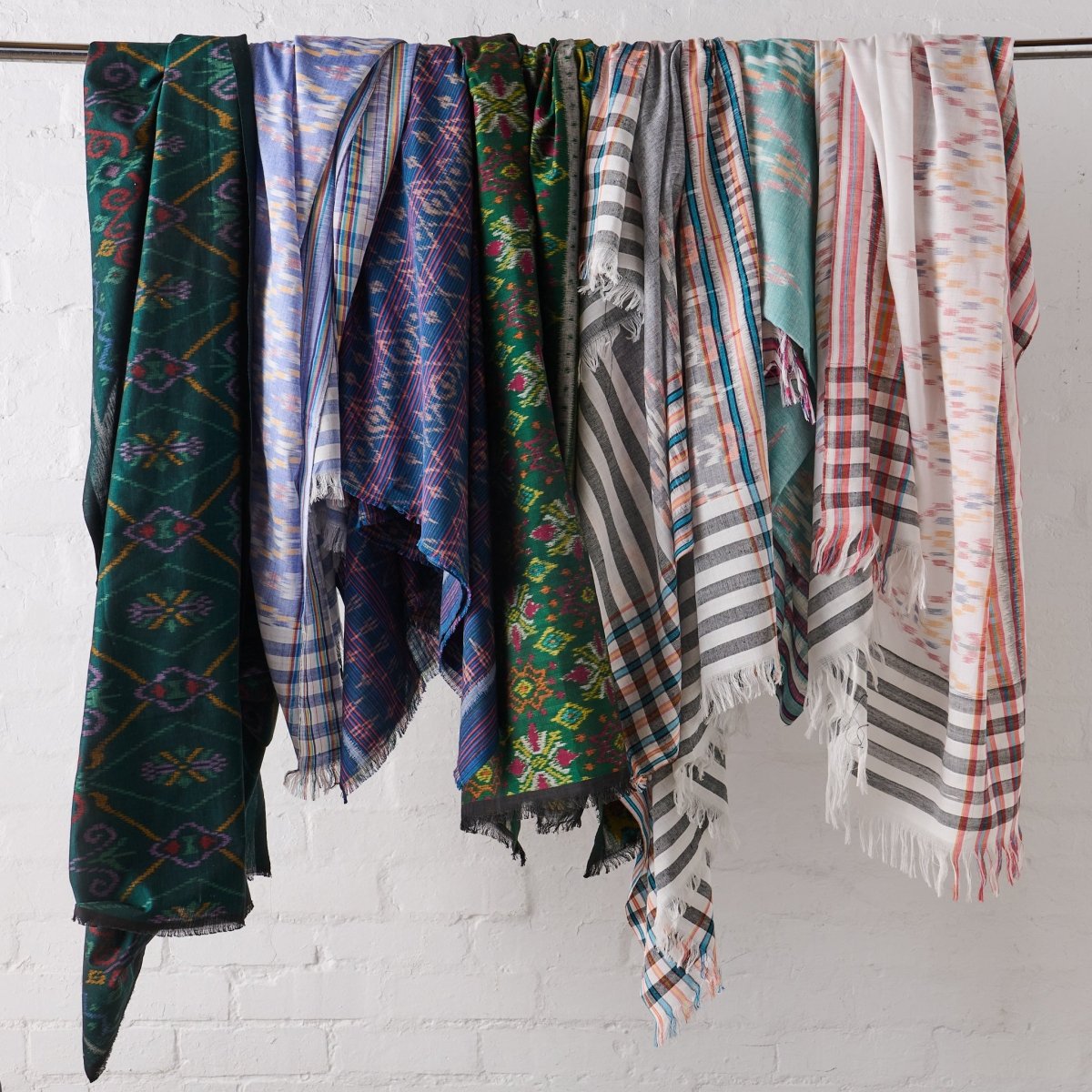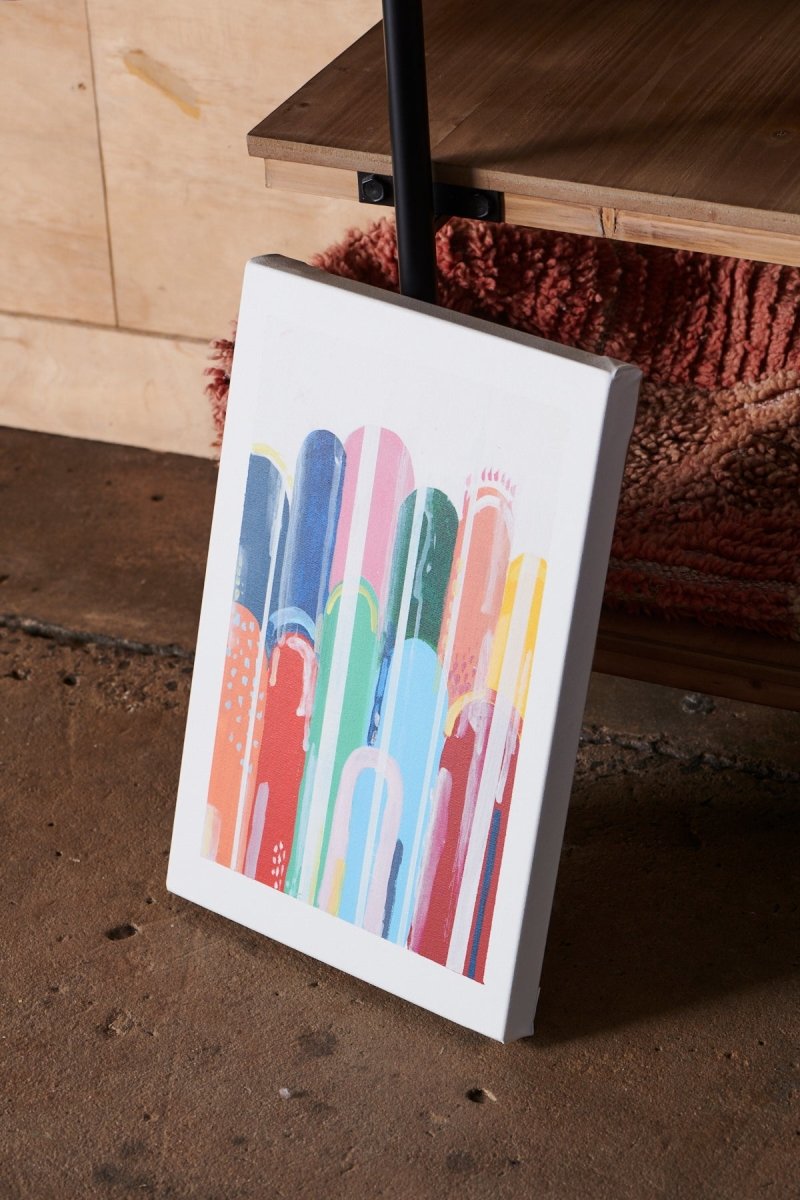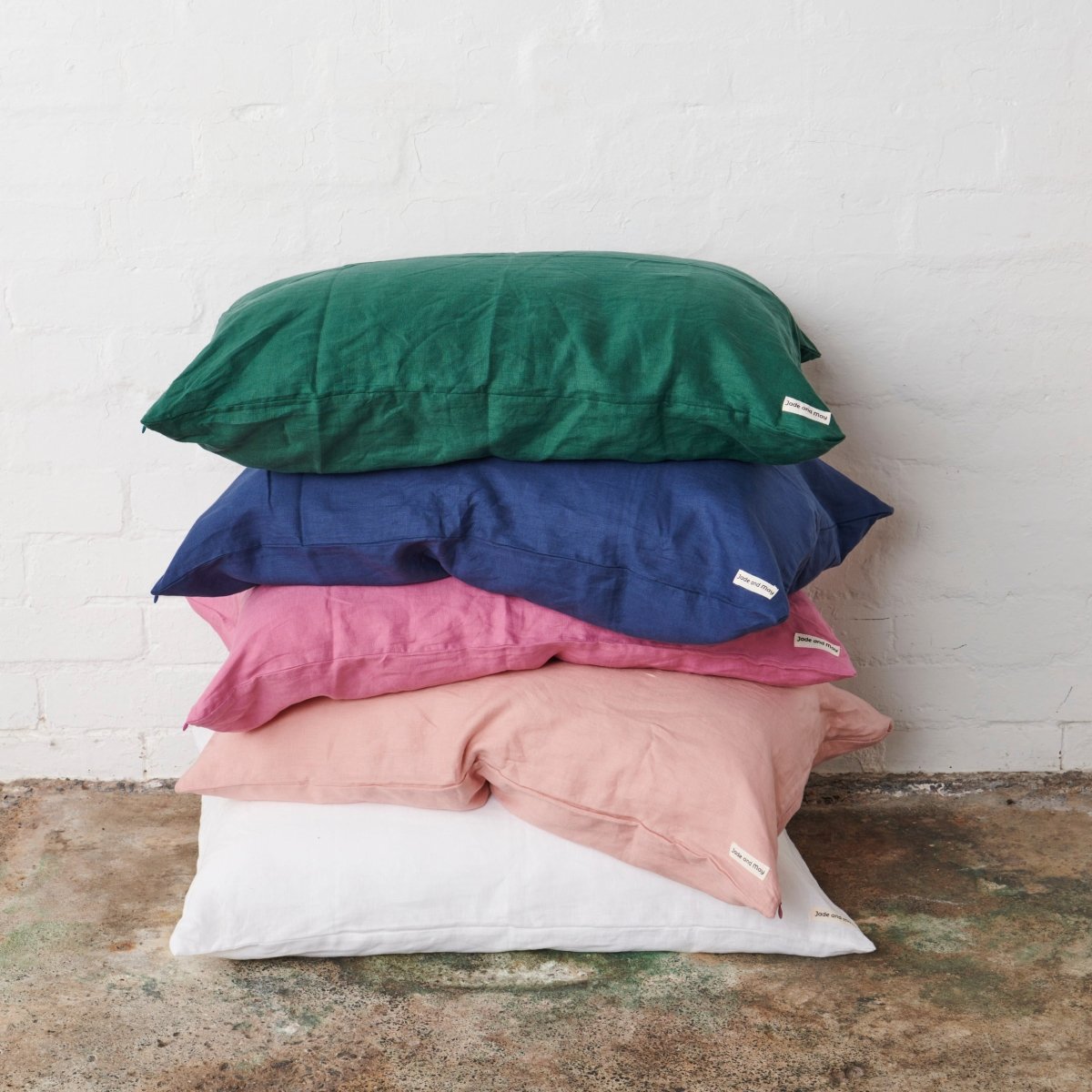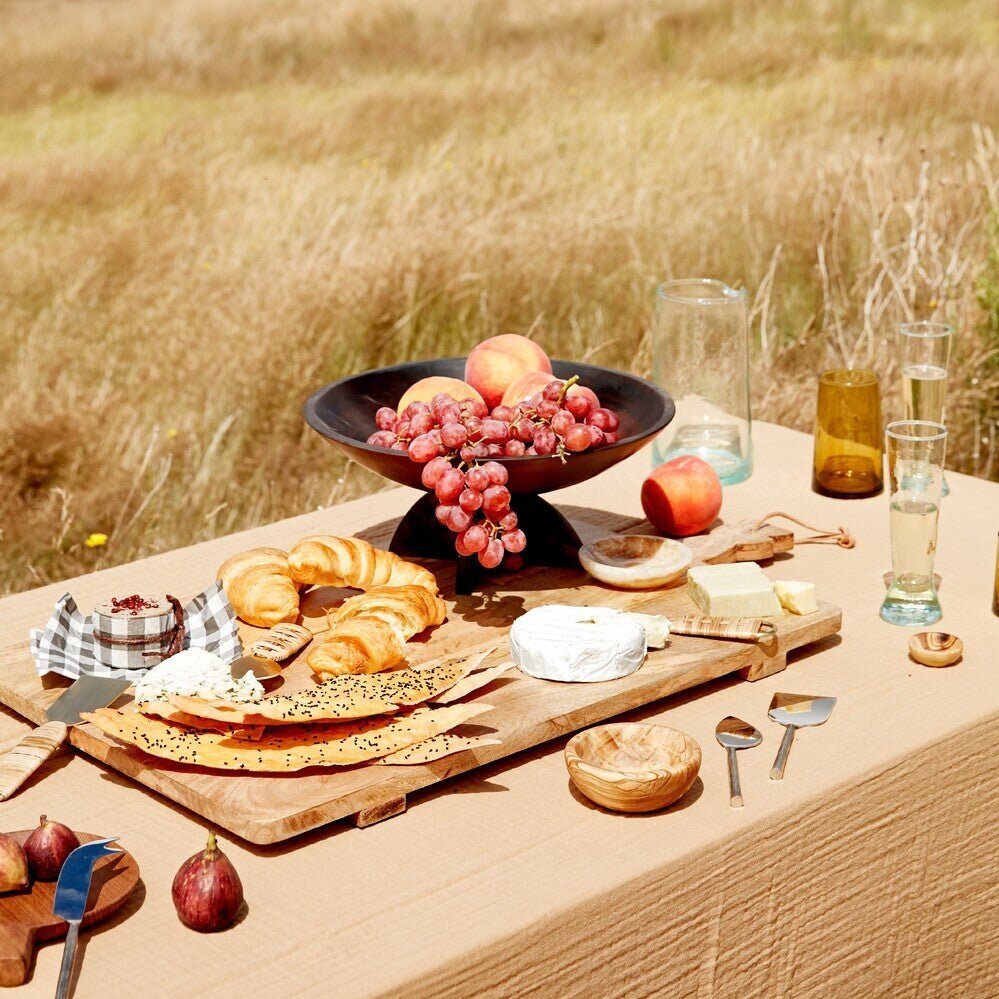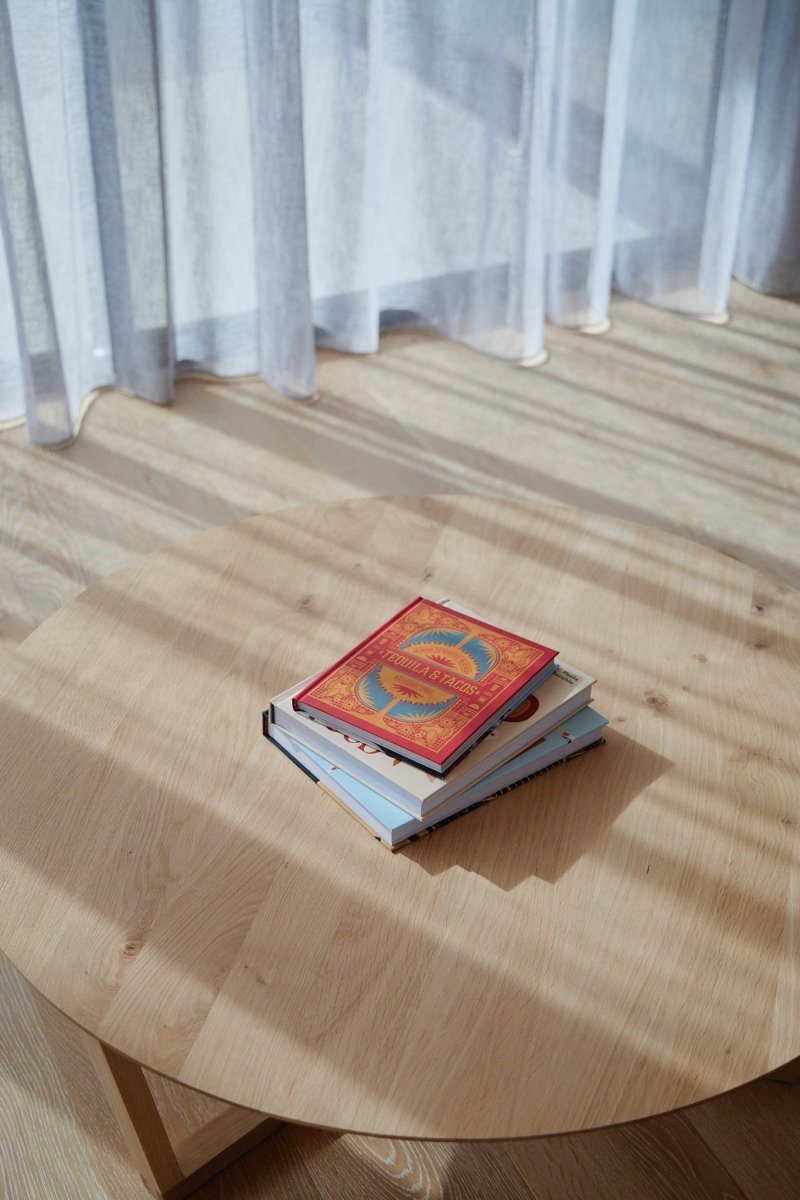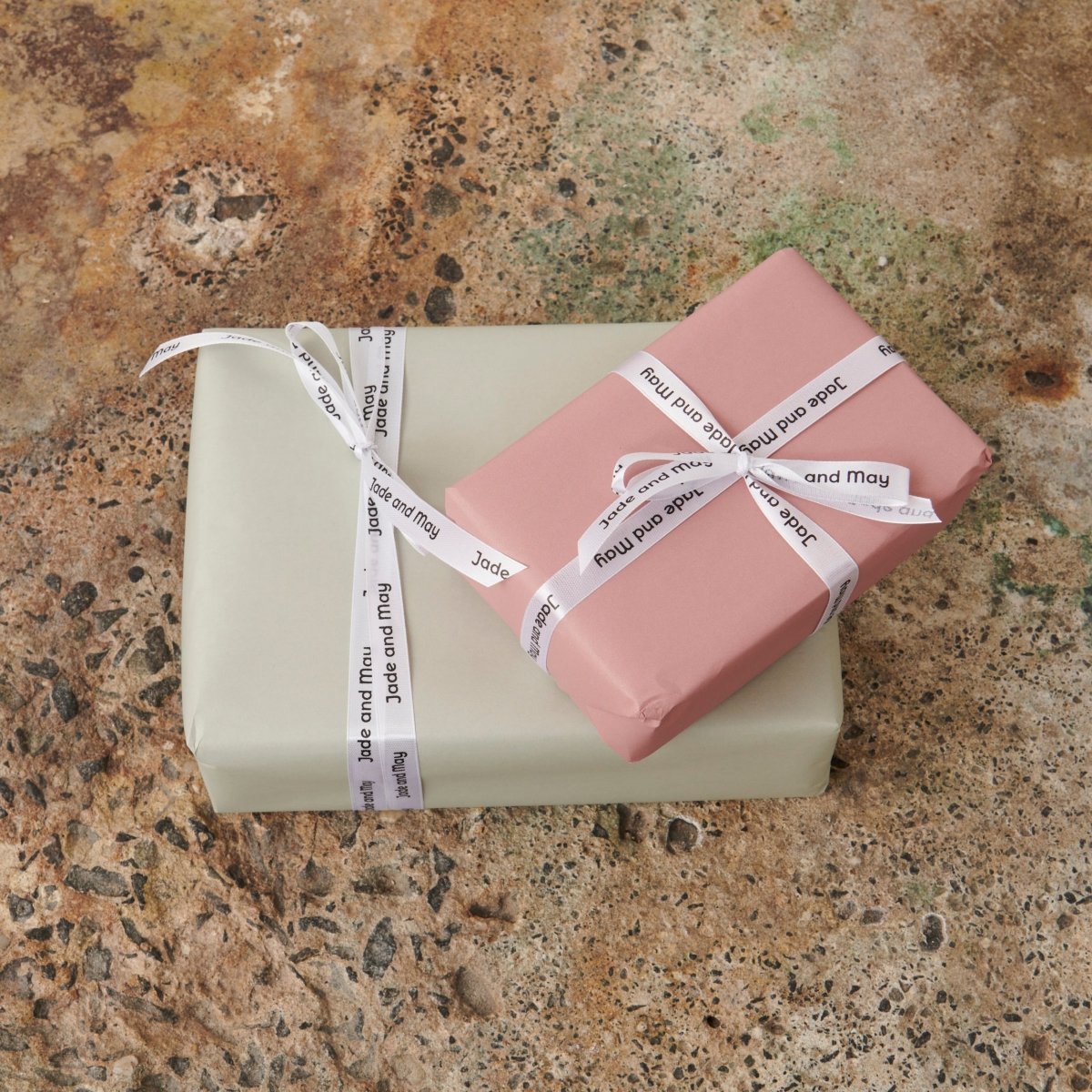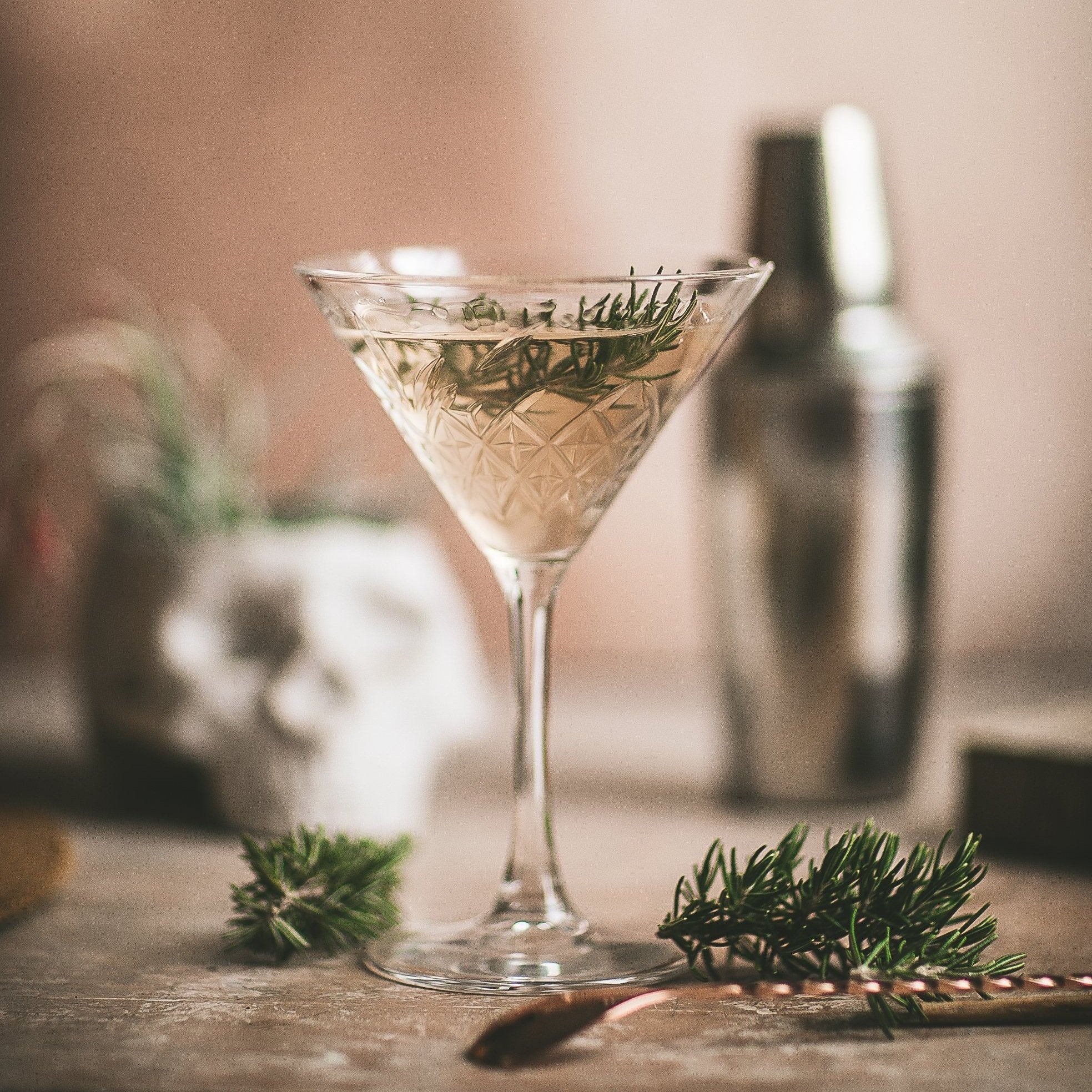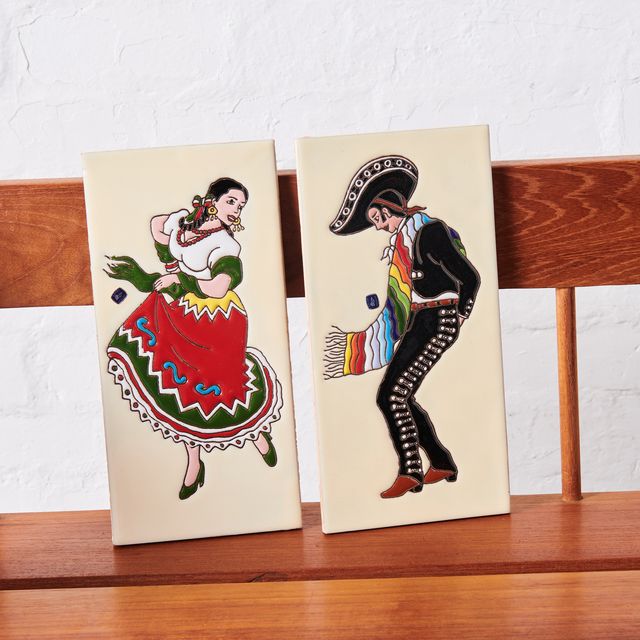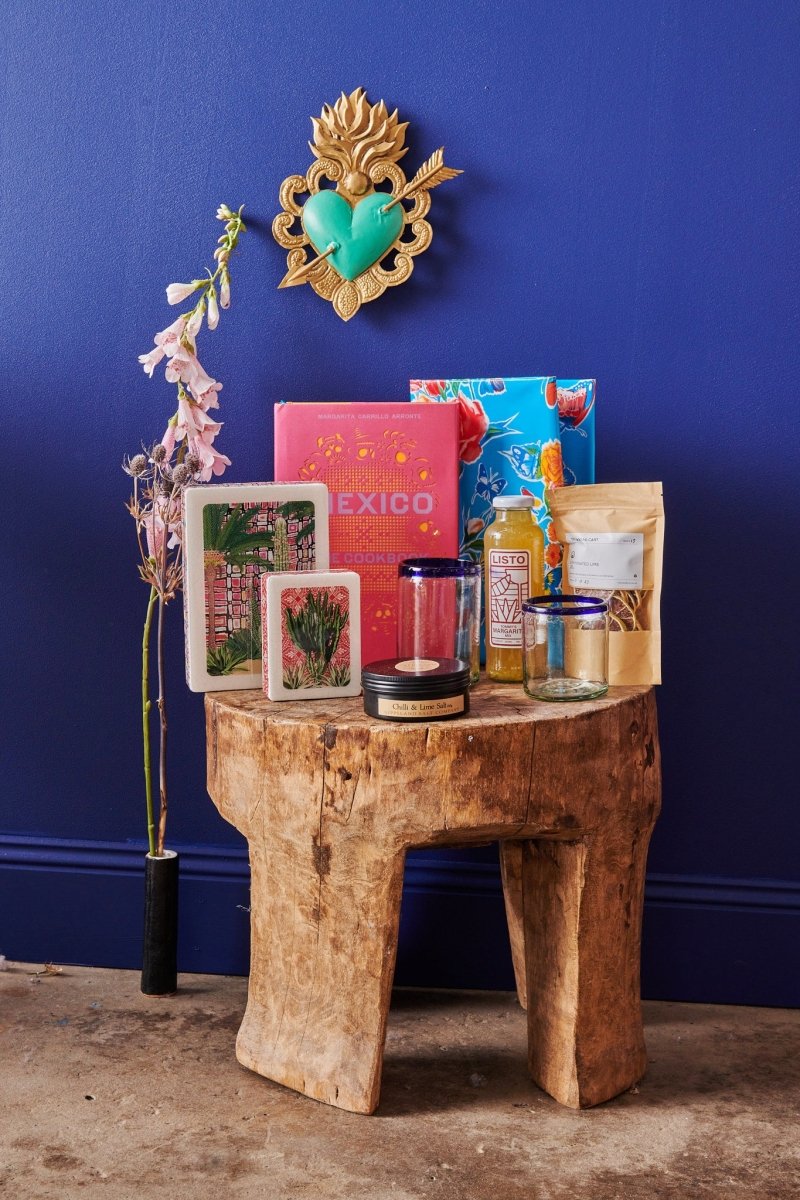How does Flax become linen?
How does Flax become linen?
In the world of textiles, few materials carry the allure and elegance of linen. Renowned for its durability, breathability, and timeless aesthetic, linen has been cherished for centuries. But have you ever stopped to wonder about the journey this remarkable fabric takes from humble flax fibres to the luxurious linen we adore? It's quite a basic yet somehow intricate journey the plant goes through to become the fabric that we all love to wear
Flax Harvesting - The Flax Fairy's Dance
The Flax plant, scientifically known as Linum usitatissimum, has been cultivated for thousands of years for its versatile fibres. It thrives in cool, damp climates, making regions like Europe, Russia, and parts of North America ideal for its growth.
As the flax plants reach their peak, they begin to display delicate blue flowers, a sign that the time for harvesting has arrived. Farmers carefully pull the plants from the ground, ensuring that the valuable fibers remain intact.
Retting - A Soaking Spa Day for Flax
Next, the harvested flax undergoes a process known as retting, where it is laid out in the field to allow exposure to moisture and microbial action. It's like giving the flax a luxurious spa day, complete with a relaxing soak to loosen up those fibres.Once retting is complete, the flax undergoes a series of mechanical processes to extract the precious fibres. The first step, known as breaking, involves crushing the dried flax stems to loosen the outer woody layer. Next comes scutching, where the crushed stems are beaten to remove the remaining woody debris, leaving behind long, fine fibres.

Hackling: Refinement and Sorting
With the fibres liberated from the stalks, they are ready for the meticulous process of hackling. This involves combing the fibers through a series of increasingly fine-toothed combs, which remove any remaining impurities and align the fibers in parallel strands. The result is a smooth, lustrous bundle of flax fibers known as line flax.
Spinning the Yarn
Now comes the transformative moment when the flax fibers are spun into yarn. Skilled artisans use spinning wheels or modern machinery to twist the flax fibers into fine threads, ready to be woven into fabric. The quality of the yarn, determined by factors such as fiber length and consistency, plays a crucial role in the final texture and strength of the linen.
Weaving the Fabric
The final stage of the journey sees the spun flax yarn transformed into exquisite linen fabric through the art of weaving. Traditional looms or modern industrial weaving machines meticulously interlace the yarns, creating the characteristic texture and drape of linen. The resulting fabric may undergo additional treatments such as bleaching, dyeing, or softening to enhance its appearance and feel.
So, the next time you throw your linen shirt on over your togs at the beach or snuggle down into your favourite linen PJ set, remember the whimsical journey that humble flax plants took to become the luxurious fabric you adore. It's truly a magical transformation from flax to linen!
